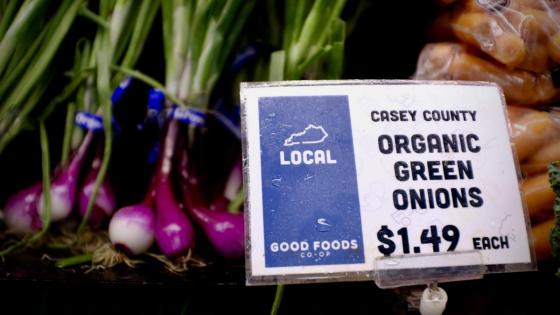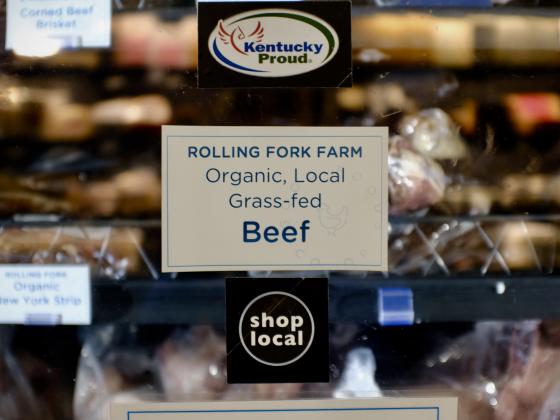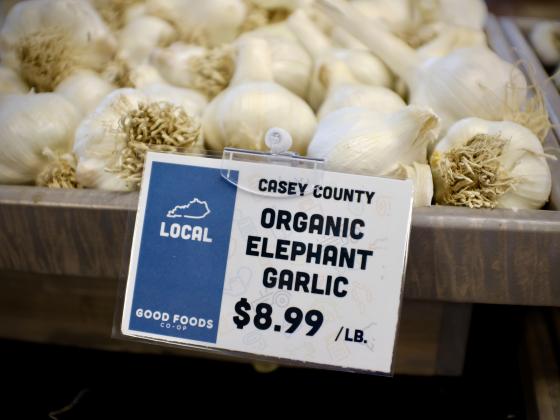Pricing your products can be a difficult exercise. In the long run, the price paid to the producer has to be high enough to sustain the production and distribution costs; yet it has to be low enough to allow a profitable retail (or wholesale) sales margin. Factors involved in your pricing decision include your production and marketing costs; plus your processing, packaging, and delivery costs. Just how much more should you charge for a “locally grown”, “sustainably produced” or “farm-fresh” product? How much less than farmers’ market prices should you expect a restaurant to pay? These are all helpful questions to ask yourself. Below we have a variety of resources to help you answer these questions.

Pricing
Important notes about Pricing your product...
Helpful Pricing Tools
Center for Crop Diversification Budgets: (large and small scale) linked here. Budgets are useful for planning your operation and identifying where costs occur.
Center for Crop Diversification Price Reports: (for the farmer's market, produce auction, etc.) linked here. Check out the Three-Year Average Price & Quantities at Kentucky Produce Auction and the Three-Year Average Weekly Prices at Kentucky Farmer's Markets below. Price reports can be used as a great tool to give you an idea of what other producers are selling their product for and where they are selling.
The Packer: Prices Around the Nation - linked here
University of Tennessee's Guide to Pricing: linked here
University of Vermont's Guide to Pricing Your Farm Product: linked here
Examples of Pricing Signage
MarketReady's Best Practices for success
- You may not be able to charge a full "farmer's market" price in every marketing channel.
- Be sure to estimate your costs of producing and delivering your product. The budgets linked above are a helpful tool to use when doing this.
- Research prices for similar products. Price reports are very helpful in this aspect.
- Understand why buyers might value your product more than a wholesale product -- local, farm-fresh, etc.
- Be prepared with quotes for your buyer. This is usually seen as a quote per pound price.

